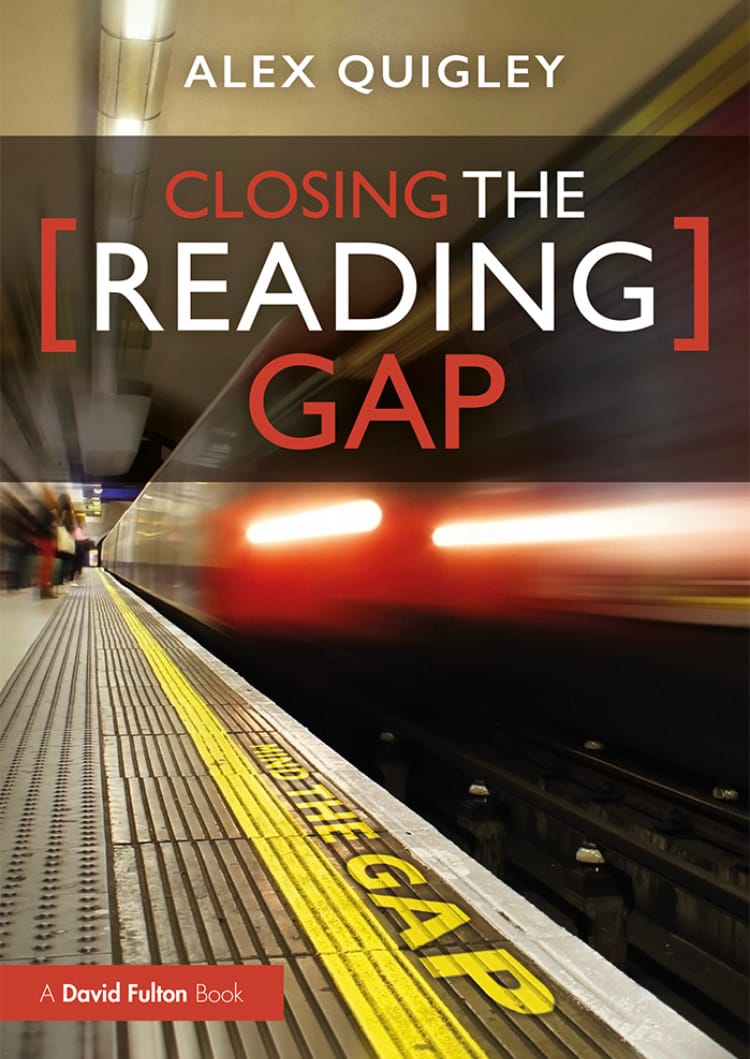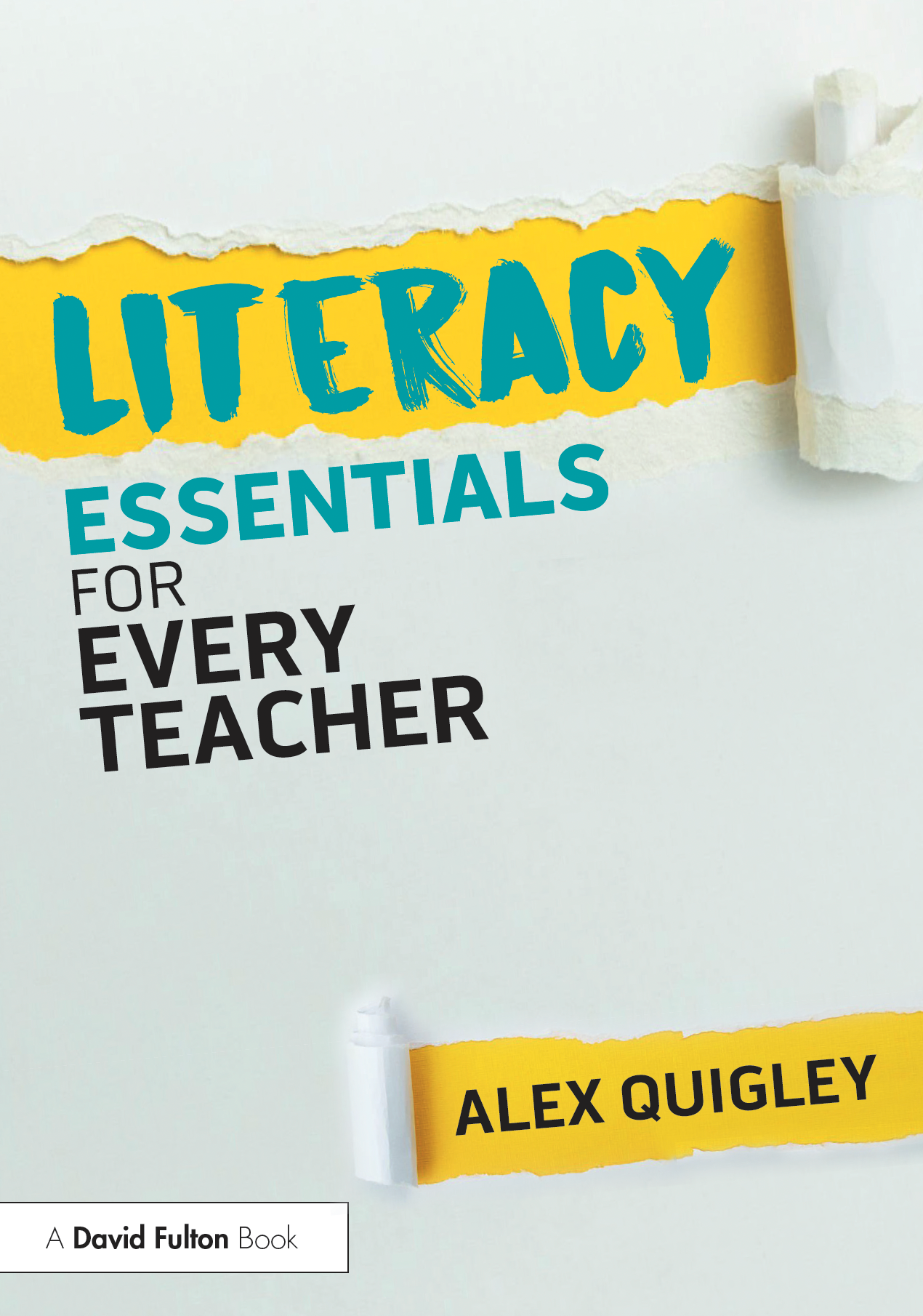Nearly two years ago, I began researching and writing ‘Closing the Reading Gap’. After writing my book on vocabulary, I knew that reading was the natural next step.
I knew that every teacher understands the tremendous value of reading – for school success and so much more – but not every teacher is trained equally to understand how children ‘learn to read’ and go on to ‘read to learn’.
Indeed, for many secondary school teachers, reading has always been something that happens ‘naturally’, rather than something to be addressed and taught more explicitly.
So, what is the reading gap? It is a teacher knowledge gap, but more importantly, it is the gap that exists between reading access, reading practice and reading ability for the pupils in our schools. It marks out the ‘reading rich’ and the ‘reading poor’ populate all of our schools.
The gap is writ large when we explore the evidence. Take reading access. Recent research from the National Literacy Trust shows that a mere 1 in 8 disadvantaged children own a book. I think about the impact of those empty bookshelves (in all likelihood, there is no bookshelf at all) for pupils.
Then when you explore school attainment, you can see the gap and the daily damage that is suffered by many pupils. When you consider that only 73% of pupils leaving primary school reached the expected level for reading in 2019, it is clear that many of those pupils will struggle to access the secondary school curriculum.
I never expected two years ago that this book would be published during a global crisis that would see pupils impacted by school closures. When you wed closures to limited book access, limited teaching, along with limited support at home, the prospect for the reading gap is massively challenging.
I hope that this book – and the free related resources – offer some useful guidance for teachers and schools during this challenging time. It should provide handy CPD, now and as schools bounce back to support our pupils.
You can purchase the book from the following.







Comments